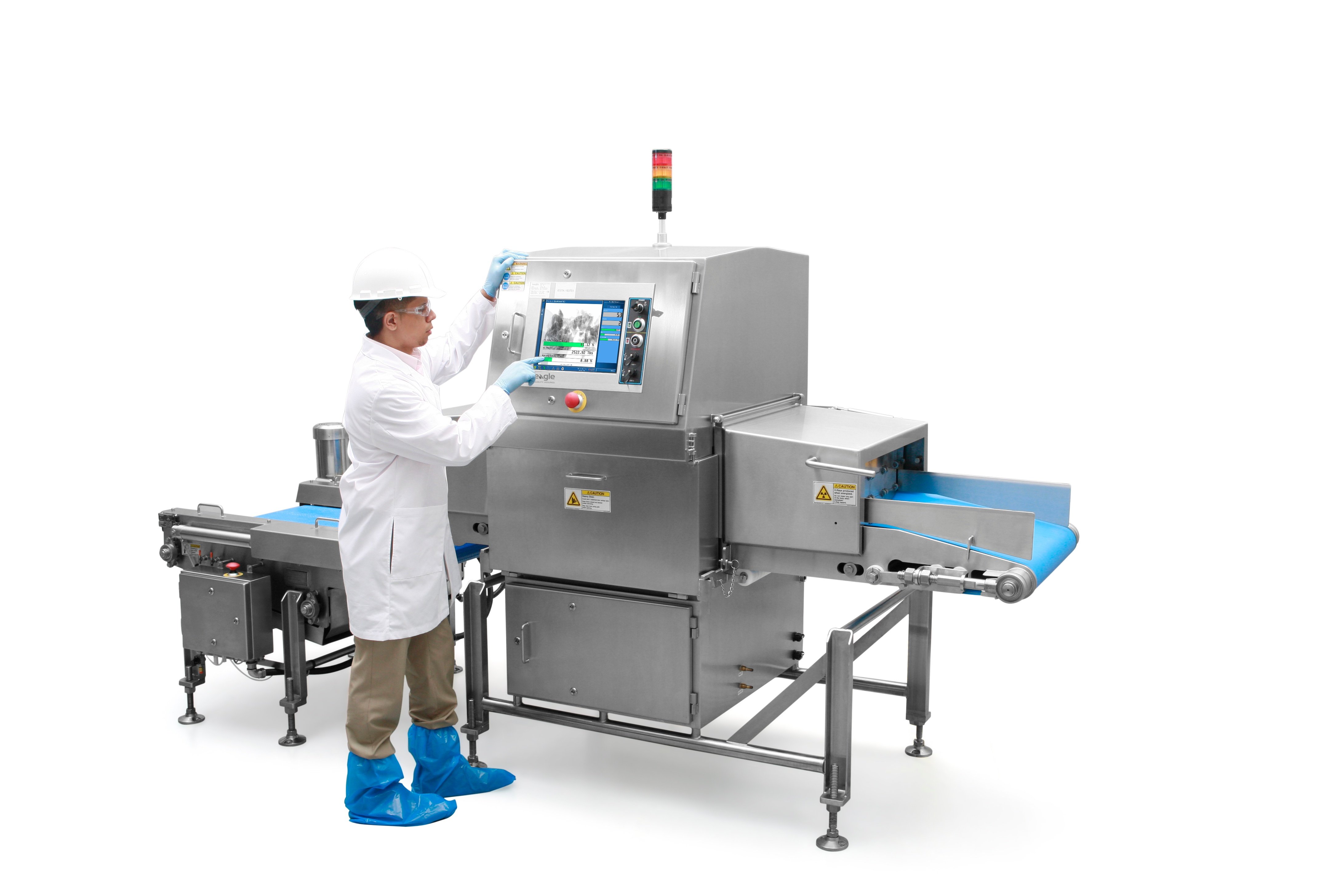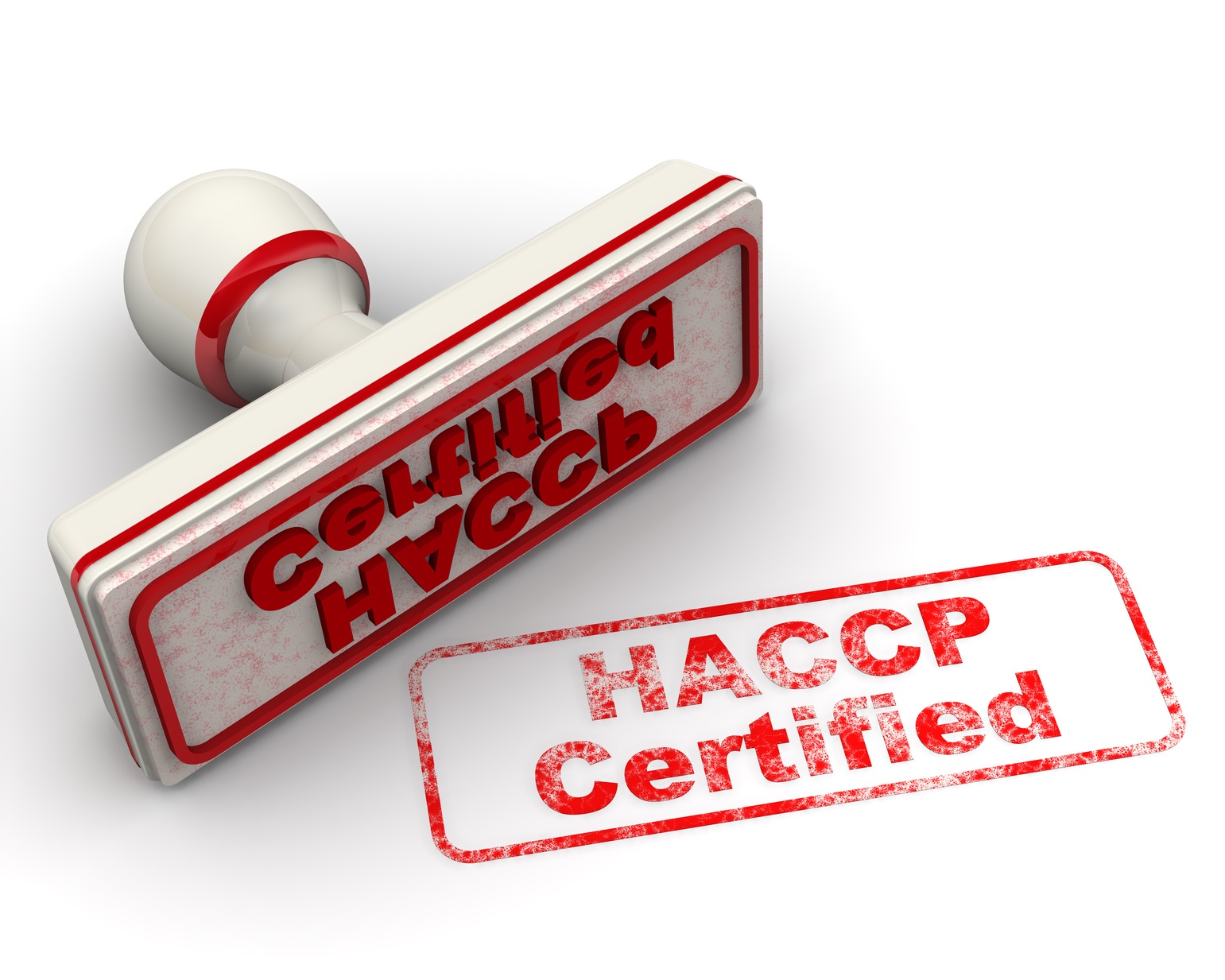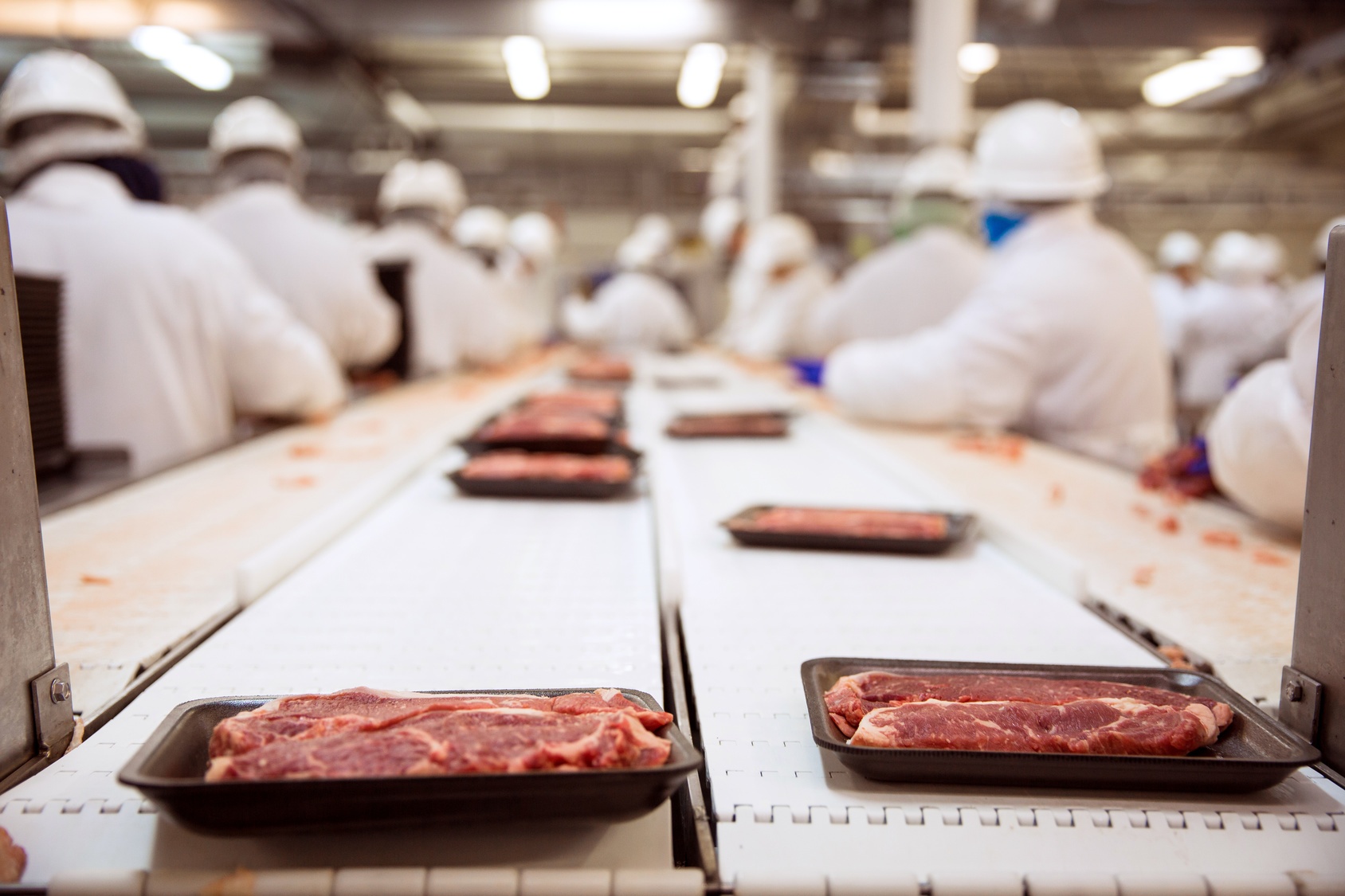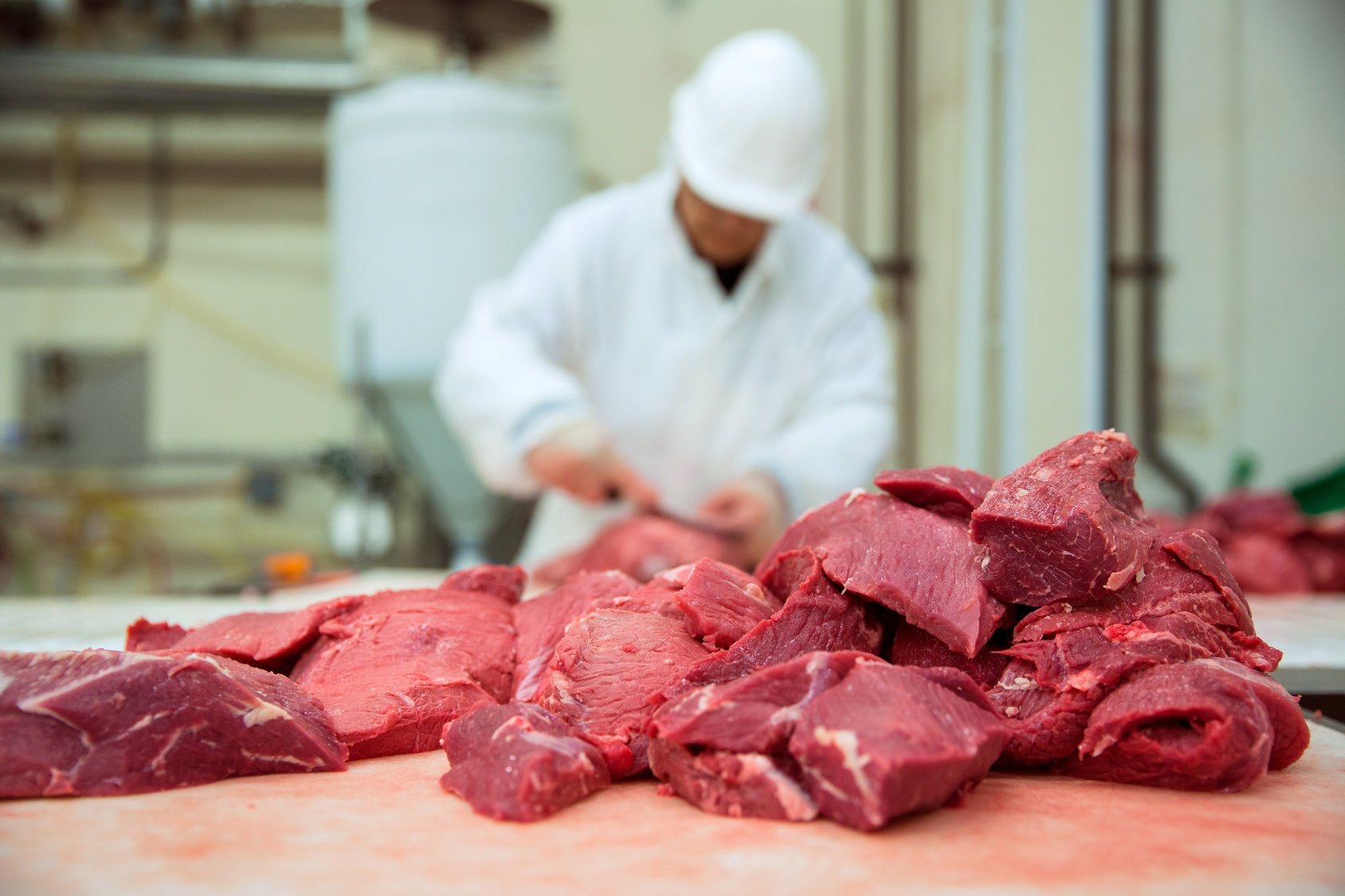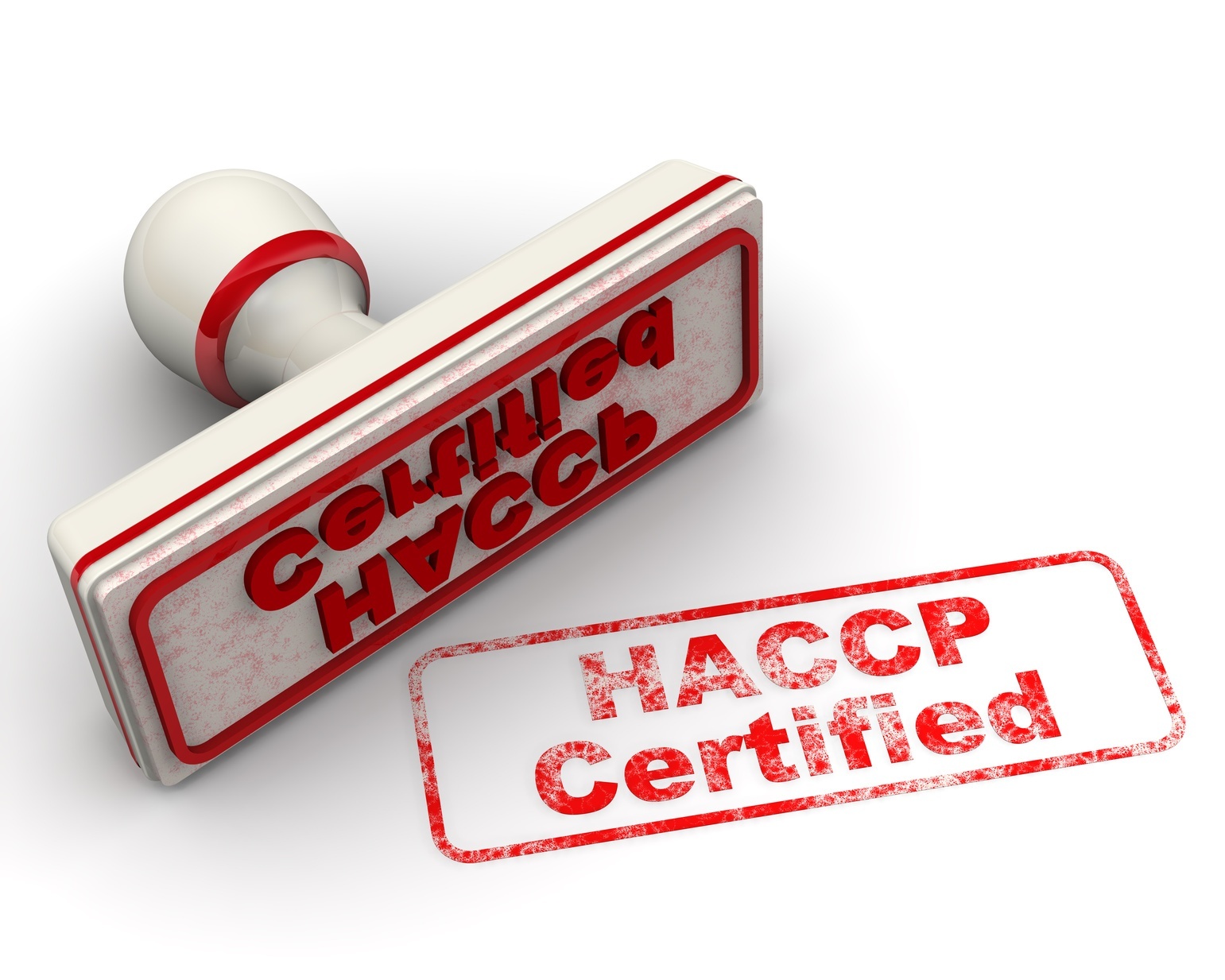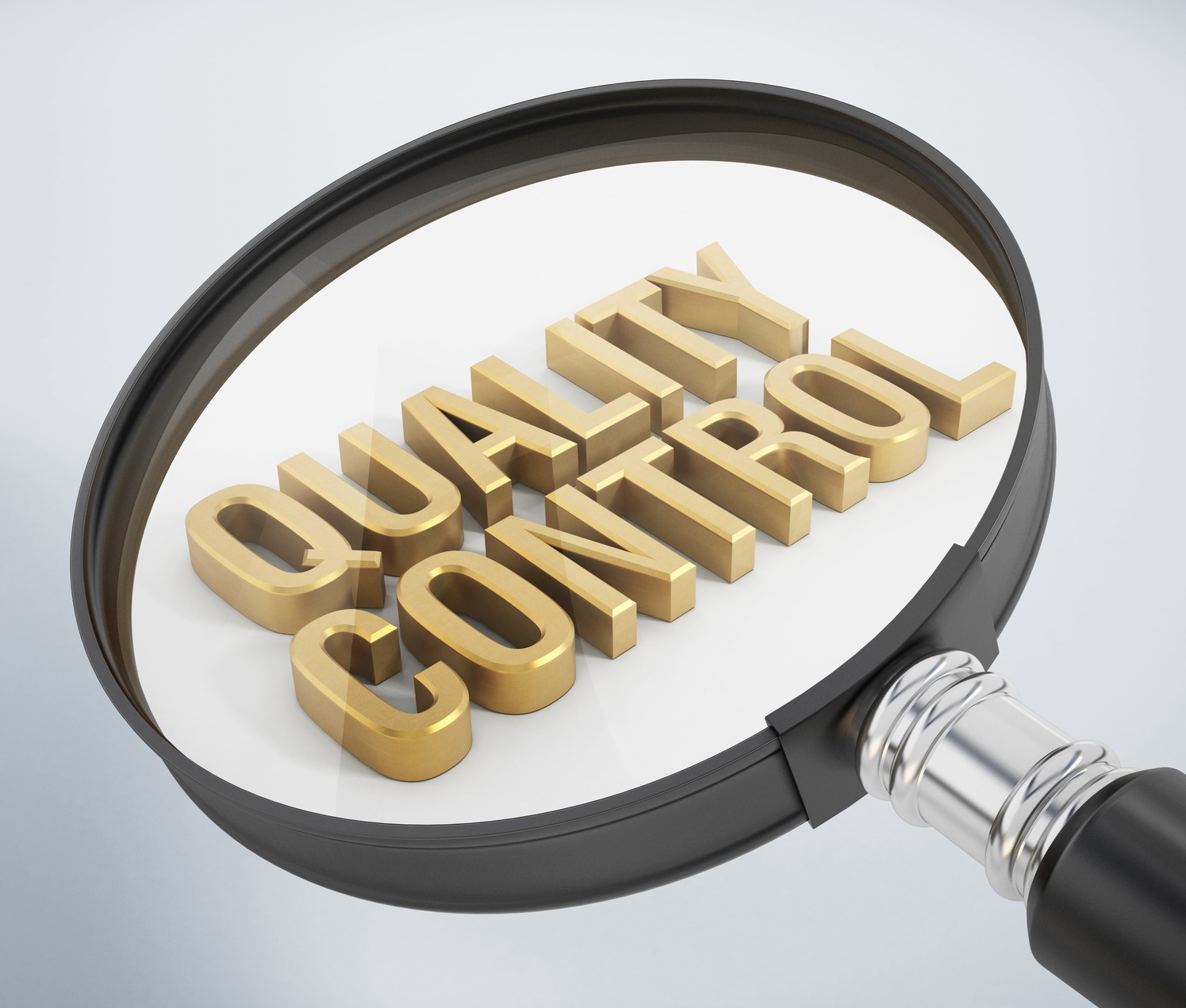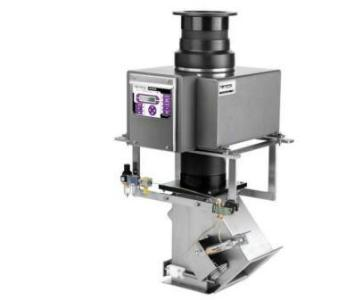X-ray product inspection systems have been a staple of the quality assurance process for the food industry for a while now. The normal use of these machines is to check products for foreign contaminants such as:
Plan Automation Technology Blog
4 Benefits of Using DEXA X-Ray Technology for Meat Inspection
Topics: X Ray Inspection of Meat
Dropped Pens: Minor Nuisance, or Packaged Food Disaster in the Making?
It’s another day on the factory floor as your employees move about, taking notes on how production is moving, and recording facts and figures for their reports. Then, one employee sneezes or gets careless with his or her ink pen or stylus, accidentally dropping it into a moving production line.
Topics: Food Product Inspection, Dropped Pens
Introducing Bulk X-Ray Inspection with Eagle’s 415 PRO
One of the historical weaknesses of x-ray inspection technologies was that such systems typically have a hard time dealing with bulk products that have inconsistent shapes, such as tree nuts, packaged grains, granola, sugar, cereals, and coffee.
Topics: X-Ray Inspection
Performing a Hazard Analysis for HACCP Compliance
In an earlier post, we discussed how to choose the best Critical Control Points (CCPs) to install your product inspection equipment at to spot contaminants in your company’s products. This is a key step in ensuring that your production facility is HACCP-compliant and avoiding sending out contaminated goods to the mass market.
Topics: Food Inspection, HACCP
Just How Detectable are Detectable Components?
Detectable components are great tools for reducing your contamination risk in your food production process.
Topics: Metal Detection, Metal Detection Technology, detectable components
Top Reasons to Use Detectable Components in the Food Industry
Food contamination is a constant threat in the food industry. The mere thought of having to deal with a product recall and the PR backlash that comes with it has been known to keep food manufacturers up at night.
Topics: Metal Detection, X-Ray Inspection, detectable components
Debunking 3 X-Ray Inspection Technology Myths
As a technology for ensuring top-class quality control, x-ray product inspection has become increasingly popular in the last few years. Over time, the technology has been refined and improved constantly, creating new types of x-ray machines that can detect many different contaminants.
What Does Meeting the BRC Standard for Food Safety Require?
Food safety is an enormous concern for the public. Contaminated food products pose a grave risk to the health of millions around the world, so food contamination stories naturally grasp the attention of the public.
Topics: Food Safety and Quality Inspection, BRC, HACCP
What is MDX Technology, and How Does it Improve Quality Control?
Since the early 1990s, manufacturers of packaged food all around the world have relied on x-ray inspection technology to detect the presence of potentially harmful foreign bodies in their food products and packaging.
Topics: Product Quality, X Ray Inspection for Food, MDX
X-Rays vs. Metal Detectors for Food Inspection
Making sure that food products are safe and free of contamination is a huge concern for all food producers large or small.
Topics: Metal Detection, Product Safety, X-Ray Inspection, Product Quality, X Ray Inspection for Food, Product Inspection



